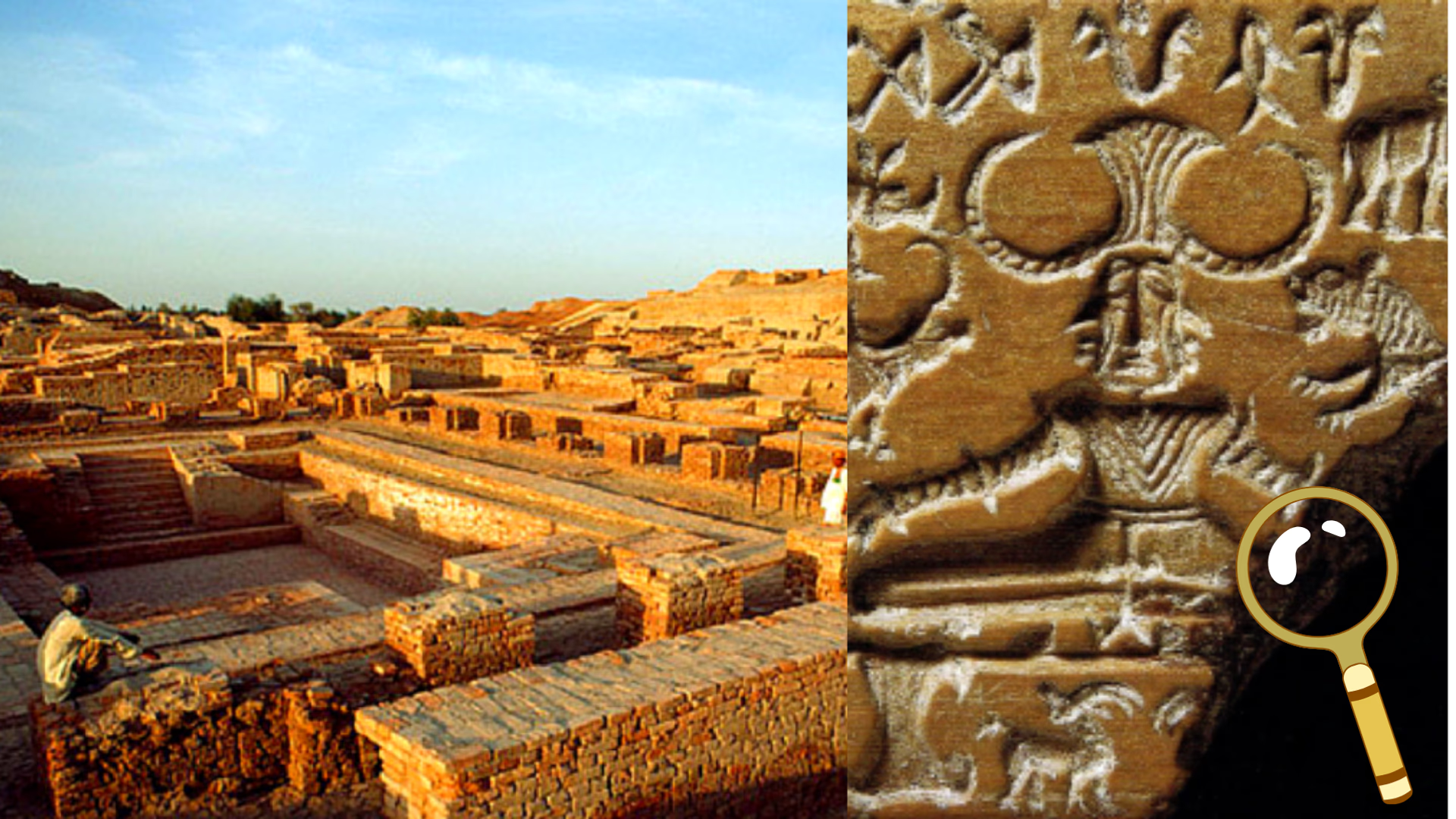For over a century, the Indus script—an ancient writing system from the Indus Valley Civilization (IVC)—has remained one of the biggest unsolved mysteries in archaeology. Despite extensive efforts by scholars, its meaning continues to elude researchers. However, artificial intelligence is now offering fresh hope in the quest to crack this ancient code. Could AI finally be the key to unlocking the secrets of this lost civilization?
A $1 Million Prize for Solving the Indus Script
The challenge of deciphering the Indus script has taken on new urgency with a remarkable incentive. Tamil Nadu Chief Minister M.K. Stalin has announced a $1 million reward for anyone who successfully deciphers the script. This substantial prize highlights the script’s historical importance and its potential links to Dravidian languages, sparking renewed enthusiasm in the search for answers.
The Challenges of Deciphering the Indus Script
Even with AI, cracking the Indus script is no easy task. Imagine trying to complete a puzzle with only a few scattered pieces—many of them broken or missing. That’s the reality researchers face.
The script appears on roughly 4,000 known inscriptions, most of which are small and inscribed on seals. To make matters more difficult, the inscriptions are incredibly short, offering limited linguistic clues. Unlike Egyptian hieroglyphs, which were decoded using the Rosetta Stone, no bilingual texts exist to provide a translation key.
These factors—the small dataset, lack of multilingual references, and brief nature of the inscriptions—have made the Indus script one of history’s most perplexing linguistic enigmas.
How AI Is Revolutionizing the Search for Answers
So, can AI finally solve a mystery that has baffled scholars for generations? Many researchers believe it could. Machine learning models are already helping to identify recurring patterns in Indus script symbols.
Computer scientist Rajesh PN Rao and researcher Nisha Yadav from the Tata Institute of Fundamental Research have reported significant progress, revealing that AI has detected structured sequences within the script. However, a critical challenge remains—understanding what these patterns actually mean.
Do the symbols represent complete words, individual sounds, or fragments of a sentence? While AI offers unprecedented analytical power, it cannot yet fully interpret the symbols' meanings. Still, when combined with traditional archaeological methods, AI-driven research could provide breakthrough insights previously thought impossible.
A Step Closer to Unlocking Ancient History
Credit: www.thearchaeologist.org
For over 4,000 years, the Indus script has remained an unsolved puzzle, but AI is bringing researchers closer than ever to a solution. While obstacles remain, the integration of AI into linguistic and archaeological research is opening new doors in the study of ancient civilizations. If AI succeeds in deciphering the Indus script, it could redefine our understanding of the Indus Valley Civilization and its cultural legacy—potentially rewriting the history of early human societies.








